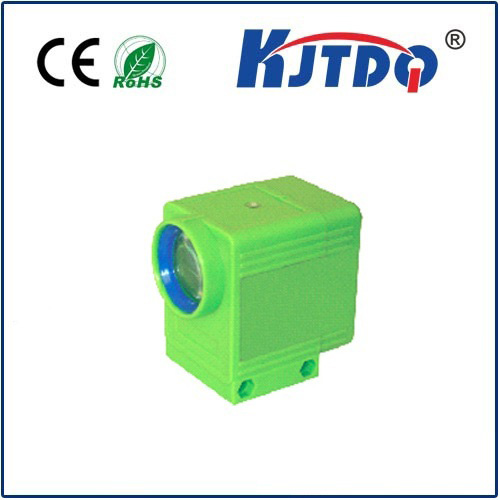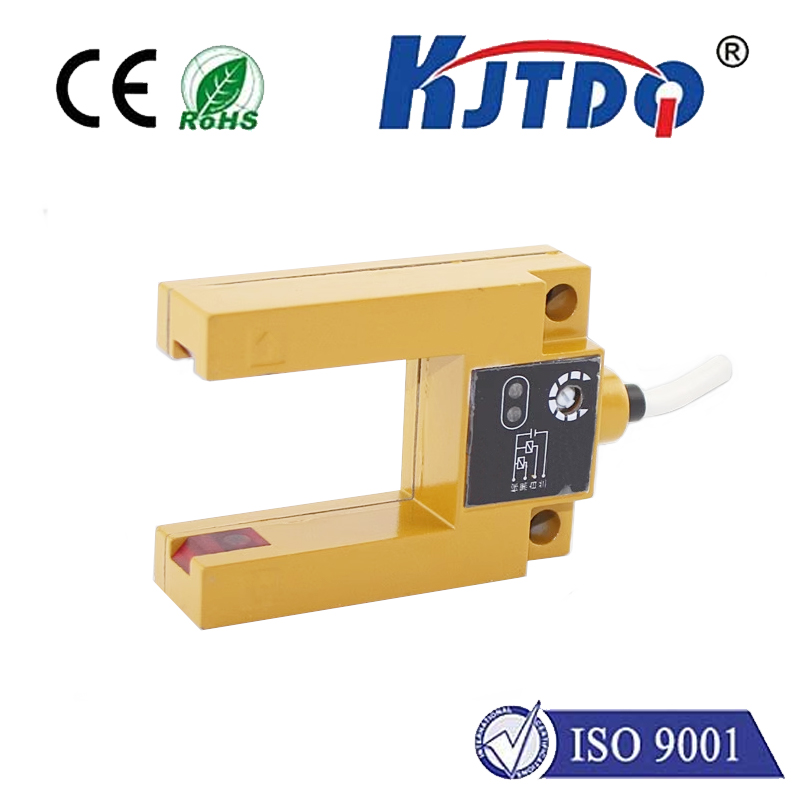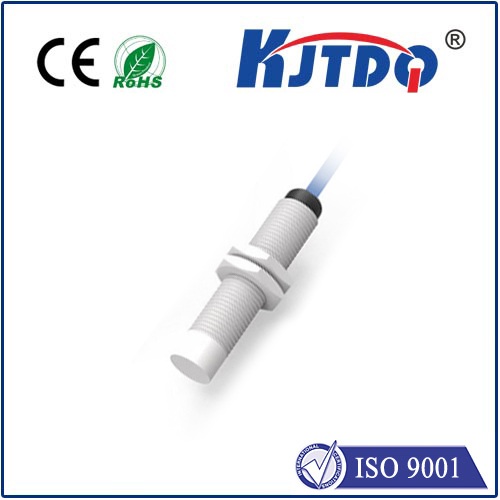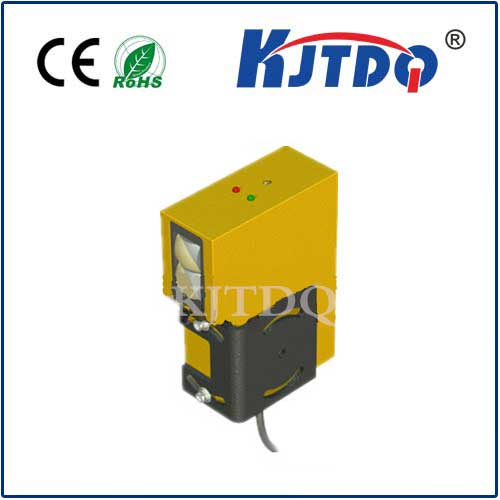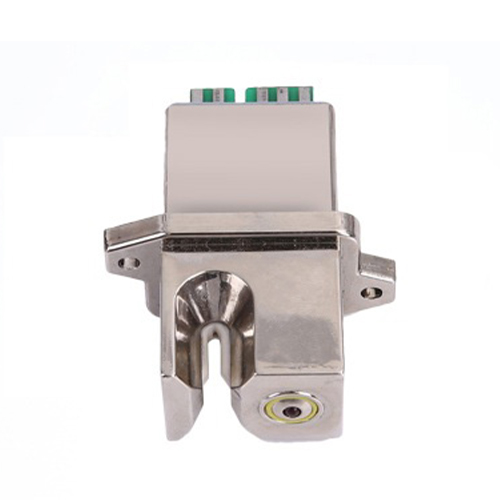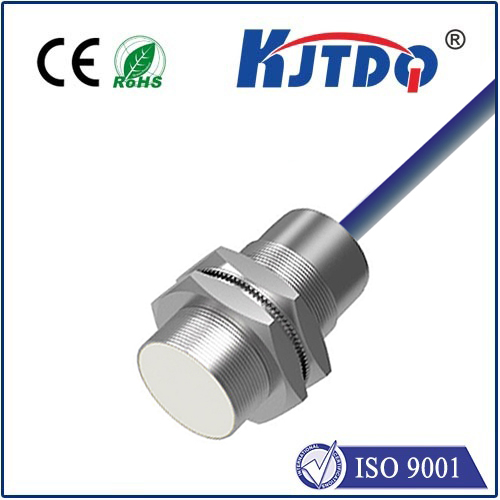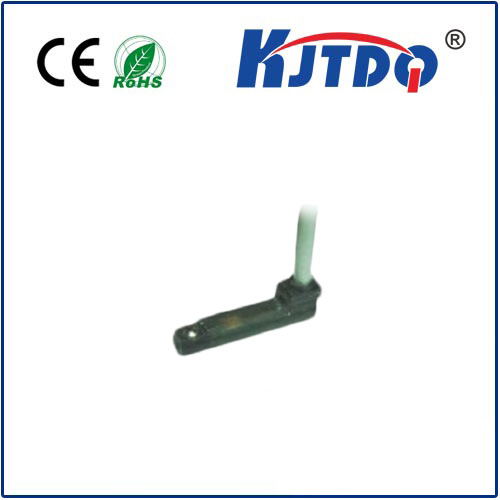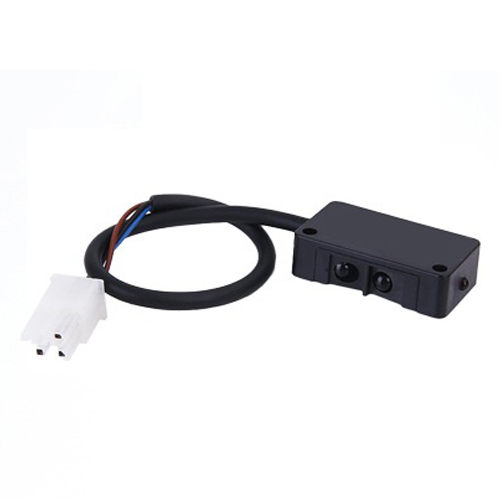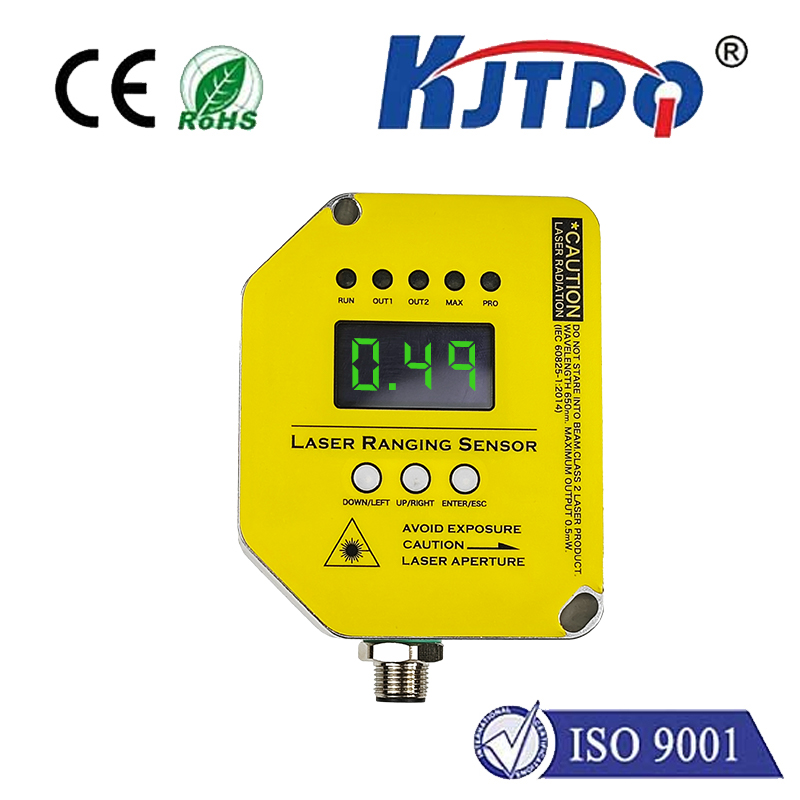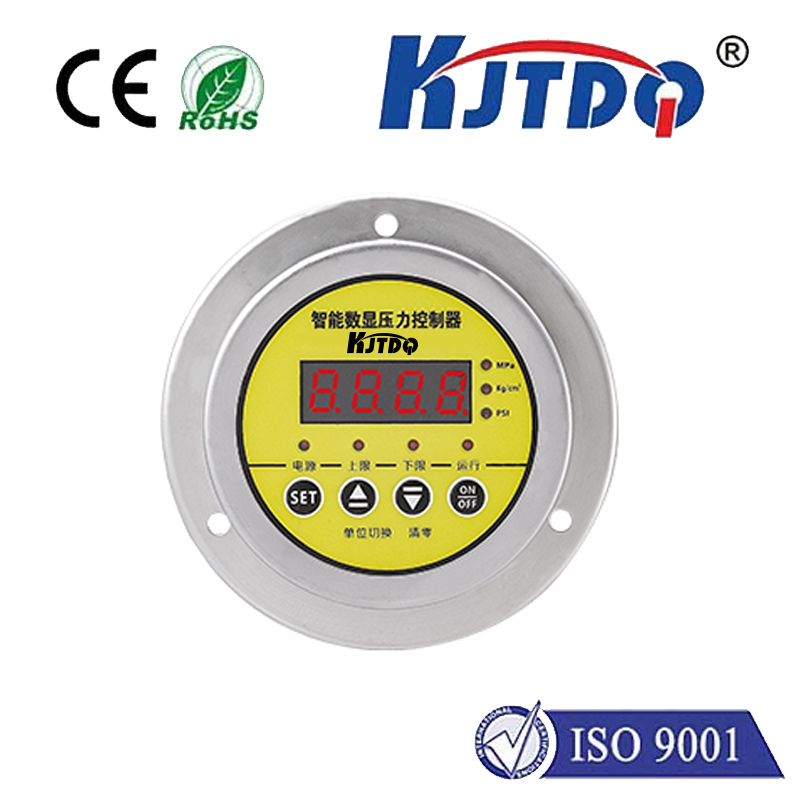audio sensor
- time:2025-08-21 04:20:20
- Нажмите:0
Hearing the Unheard: How Audio Sensors are Reshaping Our World
Forget the clunky microphones of old. The landscape of sound capture is undergoing a profound metamorphosis, driven by sophisticated, miniaturized audio sensor technology. These aren’t merely devices to pick up speech or music; they are intelligent ears transforming analog vibrations into rich, actionable digital data, unlocking capabilities far beyond simple recording. From our smart homes to industrial floors, healthcare settings, and city streets, acoustic sensors are becoming indispensable, quietly listening and interpreting the world around us.
Core Function: Translating Sound into Data
At its heart, an audio sensor is a transducer. Its fundamental purpose is to detect sound waves – variations in air pressure – and convert them into an electrical signal. This process, known as acoustic-to-electric conversion, forms the bedrock of how these sensors interface with the digital world. Unlike simple microphones primarily designed for communication or recording, modern audio sensing systems often involve complex arrays, signal processing algorithms, and contextual intelligence to understand the sound, not just hear it. Key types include traditional microphones (condenser, dynamic) and increasingly specialized MEMS (Micro-Electro-Mechanical Systems) microphones, renowned for their tiny size, low power consumption, and robustness.
The Ubiquity of Sound Capture: Key Applications

The proliferation of audio sensors stems from their versatility across countless scenarios:
- Smart Homes & Consumer Electronics: They are the backbone of voice assistants (Hey Siri, OK Google, Alexa), enabling hands-free control. They facilitate voice command recognition, detect glass breaking or smoke alarms for security (acoustic monitoring), monitor appliance health (unusual motor noises), and enhance audio quality in calls and video conferences through noise cancellation.
- Industrial Automation & Predictive Maintenance: On the factory floor, audio sensors provide critical process monitoring. They listen for abnormal machine sounds – a bearing starting to whine, a pump cavitating, a grinding gear – acting as an early warning system for predictive maintenance. This prevents costly downtime and catastrophic failures by detecting issues long before traditional methods might. Occupancy detection using subtle environmental sounds is also gaining traction.
- Automotive Intelligence: Modern vehicles are packed with audio sensors for in-car communication systems, active noise cancellation for a quieter ride, and increasingly, acoustic detection systems outside the vehicle. These can identify emergency sirens approaching, detect potential collisions based on sound signatures, or monitor vehicle health. Advanced Driver-Assistance Systems (ADAS) are leveraging sound as another data stream.
- Healthcare & Wellbeing: Wearables and medical devices are incorporating ambient sound monitoring to track cough frequency for respiratory illness management, detect snoring patterns for sleep apnea assessment, or even listen for falls in care environments. While privacy is paramount, audio sensing in controlled healthcare settings holds significant diagnostic and monitoring potential.
- Smart Cities & Environmental Monitoring: Arrays of audio sensors can monitor urban noise pollution levels, detect gunshots for public safety systems, identify vehicle honking patterns for traffic flow analysis, and listen for leaks in water infrastructure.
Beyond the Microphone: The Technology Powering Intelligence
The true power of modern audio sensor technology lies not just in capturing sound, but in processing and interpreting it:
- MEMS Revolution: The shift to MEMS microphones has been transformative. Built using semiconductor fabrication techniques, they offer exceptional miniaturization, making them ideal for wearables, smartphones, and IoT devices. They also boast lower power consumption, better resistance to environmental factors like vibration and humidity, and high consistency.
- Signal Processing Prowess: Raw audio data is complex. Signal conditioning amplifies weak signals. Noise reduction algorithms (like beamforming using microphone arrays) isolate desired sounds from background clutter (e.g., picking out your voice in a noisy room). Advanced acoustic signal processing techniques extract features used for classification and pattern recognition.
- The AI Layer: Artificial Intelligence, particularly machine learning (ML) and Deep Learning (DL), is the key to unlocking meaning. Trained models can identify specific sound events (e.g., a dog barking, glass breaking, a siren) with high accuracy. Audio classification allows systems to understand the context of the sound captured by the sensor. Edge AI, processing data directly on the device housing the sensor, enhances response times and privacy.
- Sensor Fusion: Audio sensors rarely work in isolation. Combining acoustic data with information from other sensors (e.g., motion sensors, cameras, temperature sensors) provides a far richer and more accurate understanding of the environment, enabling more sophisticated context-aware computing.
Privacy and Ethical Considerations: Essential Listening
The ability to continuously capture sound inherently raises significant privacy concerns. Always-on listening devices trigger legitimate worries about surveillance and data misuse.
- Transparency & Consent: Users must be clearly informed about when an audio sensor is active and collecting data. Obtaining explicit consent is crucial.
- Purpose Limitation & Data Minimization: Collection should be strictly limited to the necessary purpose. Systems should avoid recording full conversations unless explicitly required and consented to (like specific voice commands). Local processing (edge processing) of audio data, where analysis happens on the device itself and only essential results (not raw audio) are sent to the cloud, is a critical strategy for enhancing privacy.
- Robust Security: Data collected by audio sensing systems, whether transmitted or stored locally, must be protected by strong encryption and robust security protocols to prevent unauthorized access.
The Future Sounds Promising
The evolution of audio sensor technology is accelerating. We anticipate:
- Increased Miniaturization & Integration: Sensors will become even smaller and more seamlessly integrated into diverse surfaces and devices.
- Enhanced Intelligence: Self-learning capabilities in sensors, more sophisticated sound recognition capabilities for nuanced environmental understanding, and improved contextual awareness.
- Ultra-Low Power Operation: Advances enabling long-term deployment in battery-powered IoT sensors and remote monitoring applications.
- Biometric Acoustic Sensing: Emerging research into using sound waves for contactless heart rate monitoring or respiratory tracking.
- Focus on Privacy-Enhancing Technologies: Development of techniques like on-device learning and more effective anonymization methods specifically designed for acoustic data.
Audio sensors, in their quiet efficiency, are rapidly becoming one of the most pervasive and powerful sensing modalities. By transforming the analog world of sound into intelligent digital insights, they are enabling smarter interactions, safer environments, more efficient industries, and deeper understanding of our surroundings. As technology advances and ethical considerations are addressed, the potential for these sophisticated ears to reshape our world remains distinctly profound.

